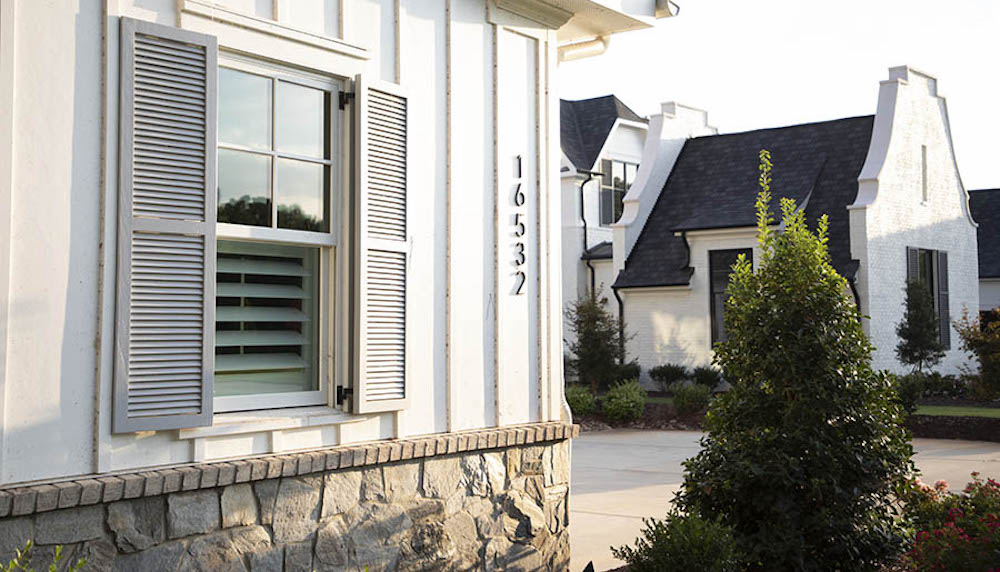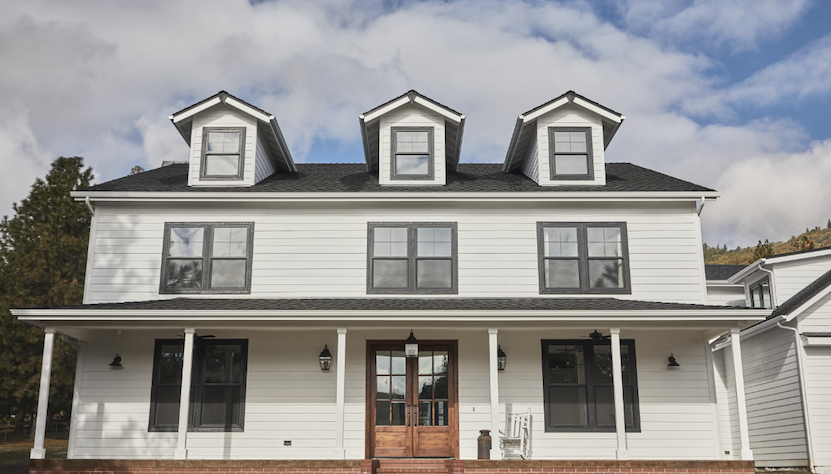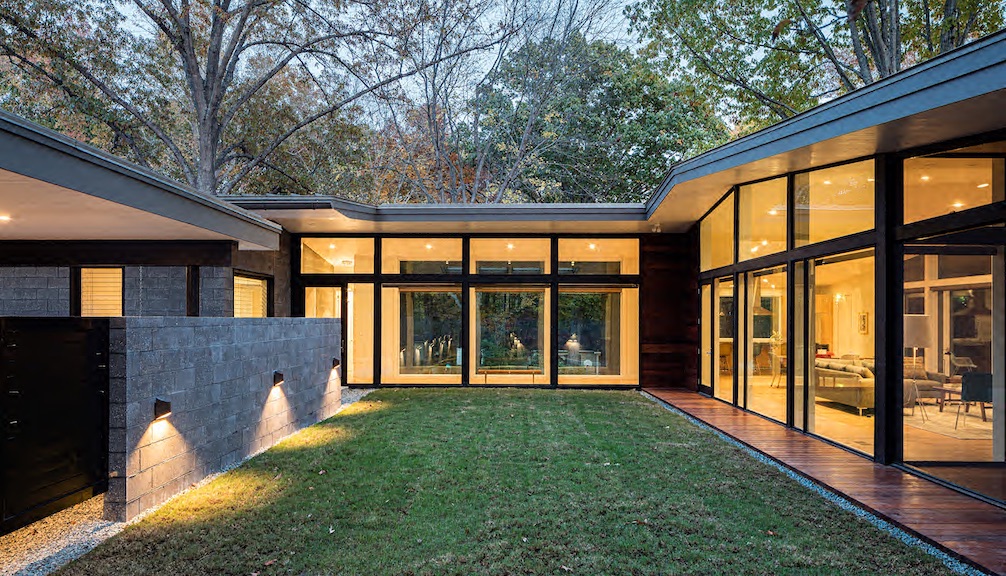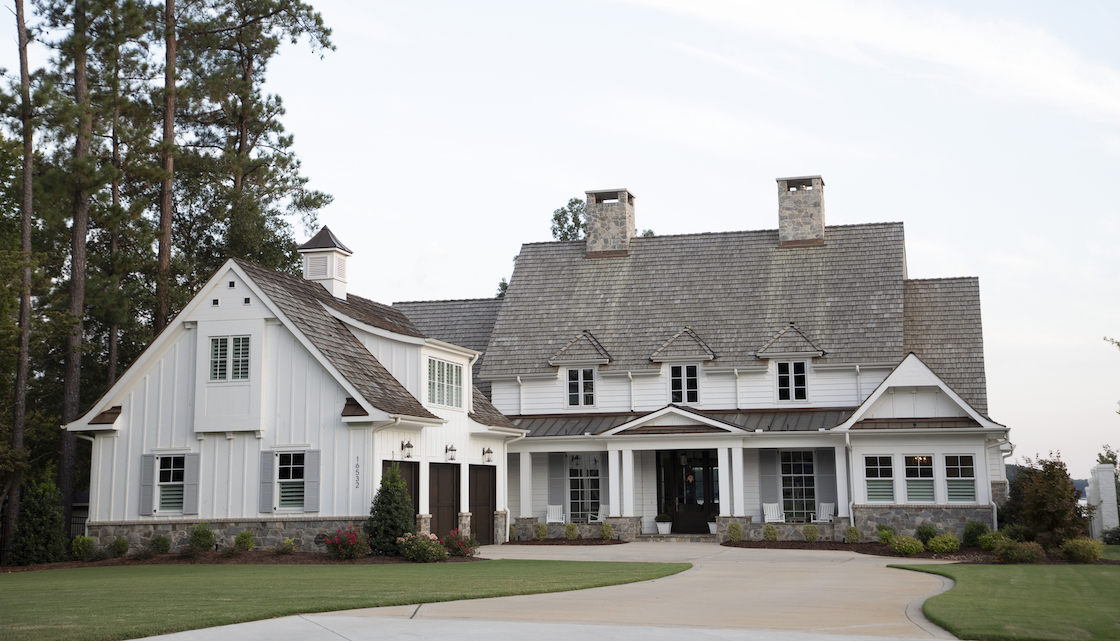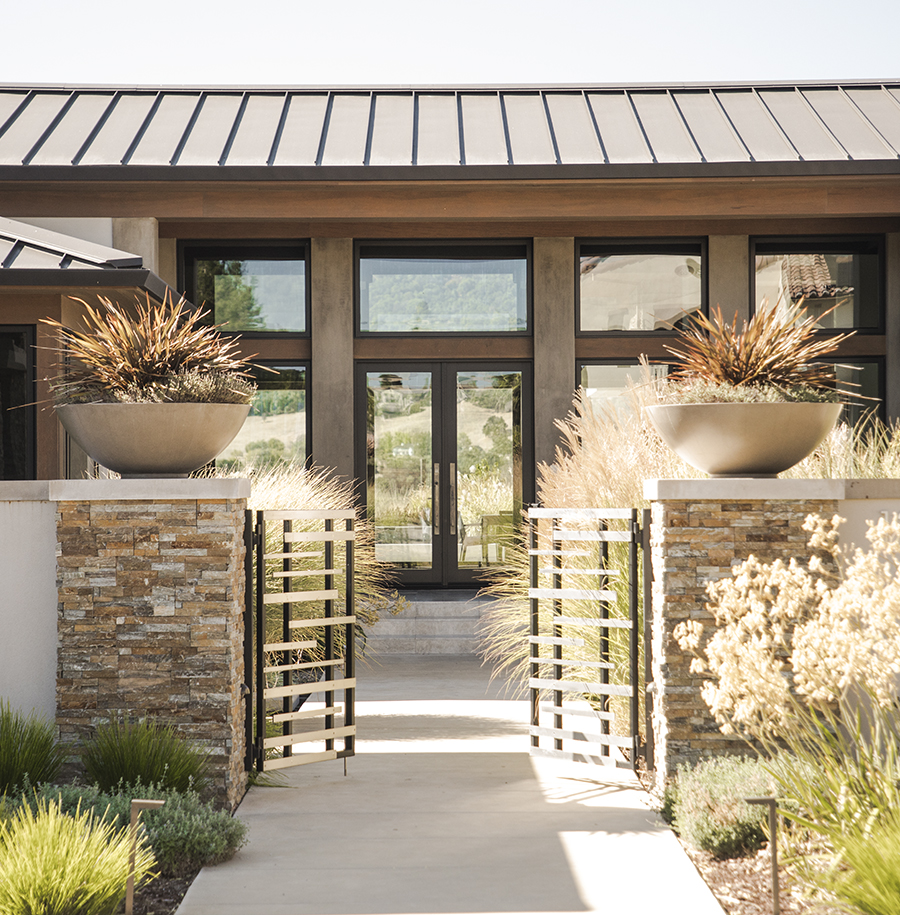New requirements go into effect soon. Here’s what’s new and where to find ENERGY STAR® certified JELD-WEN® products.
New York builder Anthony Aebi found his net-zero inspiration after building his own house. Using traditional stick-built techniques, he realized he was done building “like the second little pig.” The next home he built would use insulated concrete forms (ICFs) and would be the first zero energy-rated home in the Northeast.
Net zero homes are the industry’s peak performers, get insider perspective on why they’re so popular and how to build them for profit. The future of home building may be zero. “The best builders are learning to build homes with zero net energy use,” says Sam Rashkin, chief architect at the US Department of Energy (DOE) Building Technology Office. After leading the ENERGY STAR for Homes program for more than 16 years, Rashkin has raised the bar with the DOE Zero Energy Ready Home program. Yet most home buyers are unaware of net zero building or that it’s even an option. Complete the form below to see which builders have gone all in on net zero and why they’re betting big on this next frontier. To earn the Zero Energy Ready Home label, a home must score in the low to mid-50s on the Home Energy Rating System (HERS) Index (a score of 100 is code…
The global smart home market is set to grow dramatically by 2025. See what features are being added to windows and doors.
More home buyers want healthy homes but don’t exactly know how to define them. This presents a unique opportunity for builders to clear up any uncertainty and gain trust for new projects. It’s difficult to not think about our living spaces when we’ve spent nearly all our time indoors over the last year. We’re using more electricity, breathing more indoor air, and wanting a closer connection to the outside with large openings and natural light. And that’s caused an increasing number of home buyers to consider renovations and construction that net a healthier home. But what makes a healthy home, and how can builders rise to meet these aspirations? Let’s break it down. More natural light This indoor-outdoor trend is not only very popular style-wise, but also more conducive to a healthier indoor environment. Natural light contributes to well-being, and with the right glass, homeowners can feel comfortably connected to…
There’s a potentially huge market for net zero homes, but you have to know how to sell them. It’s easier than ever to build a home that uses so little energy that, when outfitted with solar panels, it puts more electricity back into the grid over the course of a year than it uses. Although such homes cost more than code minimum construction, industry pros are learning how to help buyers see the return on that cost. Many claim they can make price objections virtually disappear. This approach is called net zero home building. As the next step beyond ENERGY STAR, it represents the cutting edge of energy-efficient, high-performance construction. Now, thanks to more sophisticated building products, better developed building science, and tax incentives for solar, it seems poised to go mainstream. Net zero has been the topic of countless magazine articles in recent years and has even spawned a…
Keeping occupants safe and sound when the power goes out Whether caused by storms, wildfires, or something else, power outages are a fact of life. While the majority are inconvenient, extreme events can sometimes knock electricity out for weeks. Building homes for passive survivability helps keep occupants safe and comfortable during periods of power outages. A remodeling project is an opportunity to counsel clients on features that improve the home’s resiliency and stays comfortable for days without power. “It’s called passive survivability,” says Alex Wilson, president of the Resilient Design Institute in Brattleboro, Vt. “It’s about designing and building homes that remain habitable if they lose power.” The basics aren’t complicated. They include a super-efficient envelope with good insulation and air sealing. High-performance windows that take advantage of passive solar gain and natural ventilation are key to resilient homes built for passive survivability. Solar panels and home batteries further improve a home’s resilience during an…
Four factors for identifying green windows and doors What does sustainability really mean? Ask ten homeowners—or builders—and you’ll get different answers from everyone. Fortunately, when it comes to identifying windows and doors for a sustainable building project, there are some well-established criteria to consider and discuss. 1. Energy efficiency Ever since the oil crisis of the 1970s, manufacturers like JELD-WEN have designed numerous innovations into their windows and doors to improve energy efficiency. This includes Low-E glass and its advanced counterparts, LoE3-366 and Low-E EC, all of which use invisible metallic coatings on the glass to reflect the sun’s heat without affecting visibility. In addition, inert, nontoxic, and invisible gas (usually argon or krypton) captured between glass panes further insulates windows to help keep heat out or in, depending on the season. The U.S. Environmental Protection Agency’s (EPA’s) ENERGY STAR program establishes common energy efficiency standards for a wide range of products. To become ENERGY…
Critical considerations for choosing windows and doors that meet performance and style requirements The goal of every remodel is to maximize the home’s long-term value while increasing comfort for the homeowner. Today let’s cover how to accomplish that by choosing the right windows and doors. Replacing the windows, for example, can improve energy efficiency with a tighter home envelope. And modern doors are more functional and secure than their older counterparts. Replacing these elements with updated materials and design helps increase curb appeal and the overall home value. How do you choose the right windows and doors for your remodeling project? Here are a few elements to keep in mind: 1) Consider the local climate If the home is in a location that’s prone to extreme weather and temperatures, you’ll want windows with higher performance ratings made for an airtight installation to prevent leaks, helping to maintain a more comfortable temperature all…
Some industry pros share their strategies for pursuing high performance. Brought to you by JELD-WEN The path to a high-performance or net zero home is a well-trod one. It’s supported by proven building science principles refined over decades. These principles apply to remodeling as well as to new construction. The path to net zero is pretty straightforward: Create a super-efficient building shell with lots of insulation, low air leakage, and the best windows and doors possibleAdd high-efficiency HVACUse nontoxic materials and install fresh air ventilation But your results are all about the details. Here are some ideas to help you get started with net zero or improve your next net zero project. 1. Study and learn Start with training. Done wrong, tight construction can create moisture or air quality problems. To avoid them, get some good basic training. Not sure where to begin? Both of these organizations offer classes in applied…


